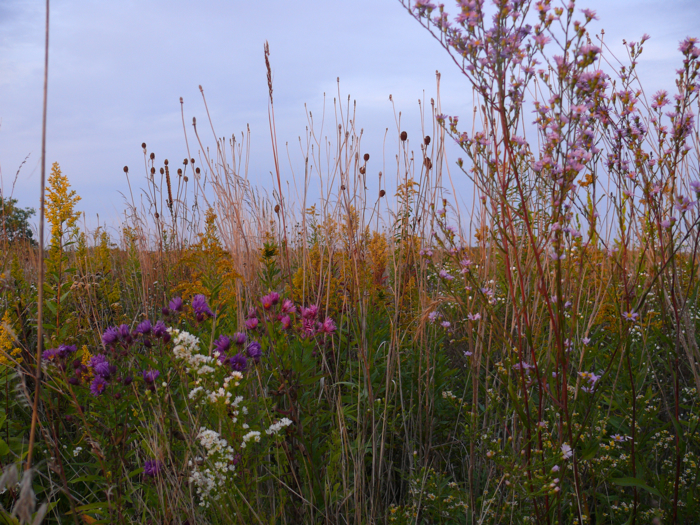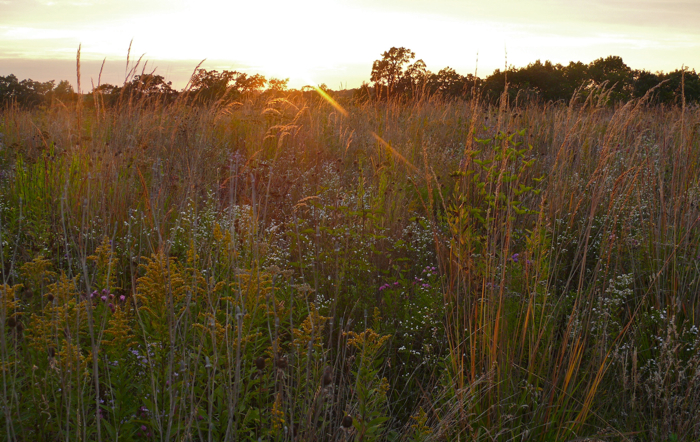The house is filling up with drying seeds. This happens every year – when I’m collecting but haven’t started processing yet, I start to run out of floor space.
Spare bedroom with seeds
S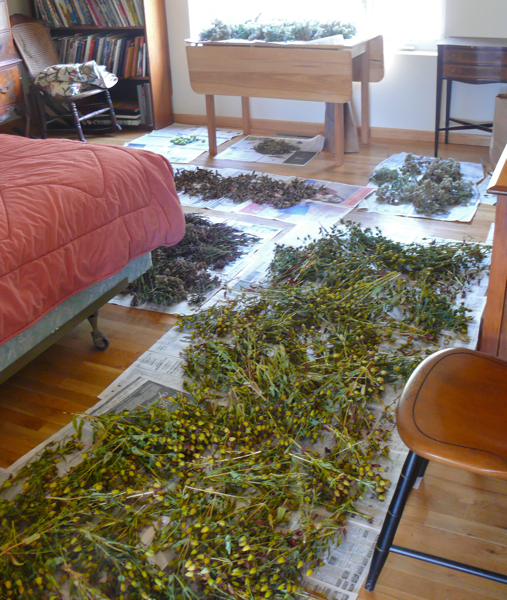
Basement with seeds
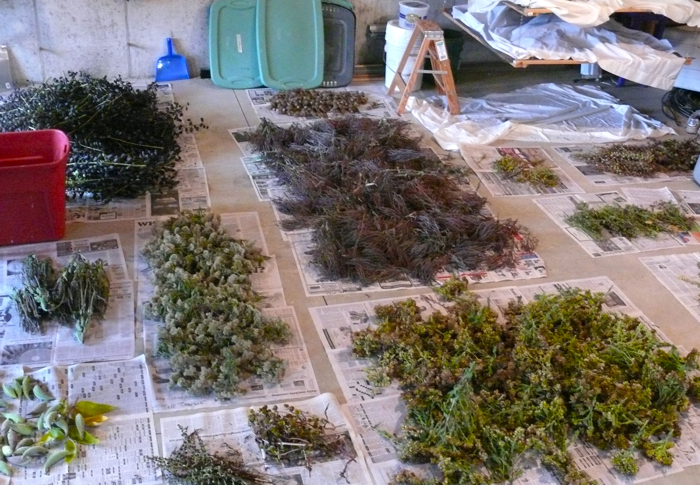
Basement with seeds
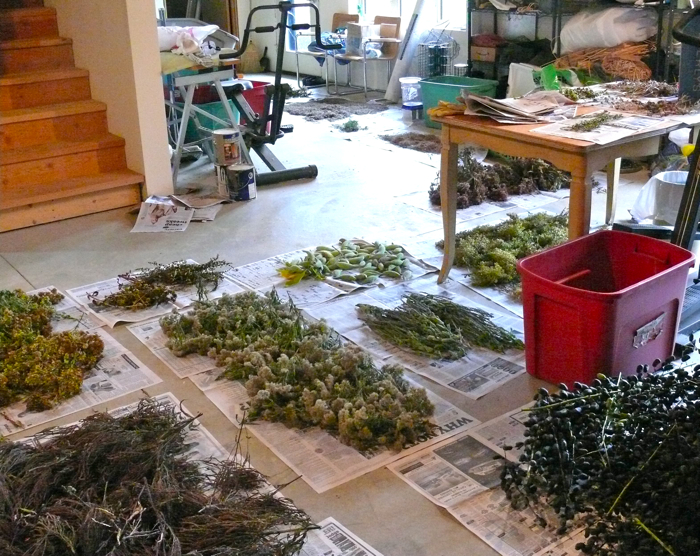
Upstairs with seeds
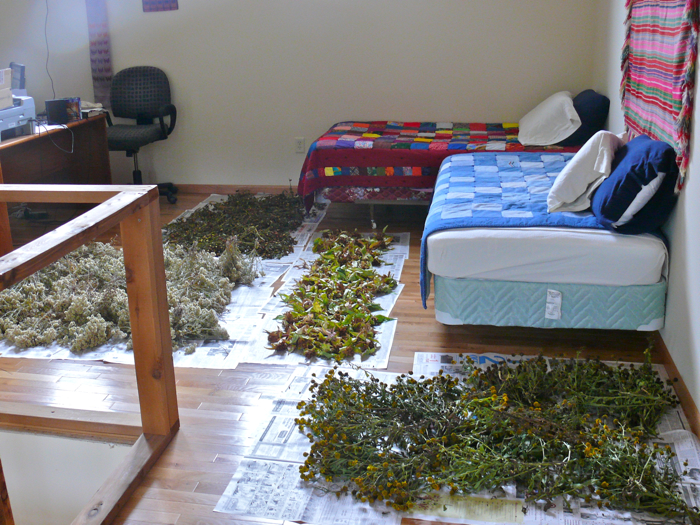
A few days ago we went on a tour of the Tiffany Wildlife Area – the wetlands of the lower Chippewa River valley where it empties into the Mississippi. We rode on a small outdoor train run by the Chippewa Valley Motor Car Association. It’s a gorgeous ride – through a riverbottom forest dominated by Silver Maple and Swamp White Oak. The train tracks cross several ponds, and some open prairie areas that are maintained by burning.
Here’s the train and some of the passengers – at our lunch stop.
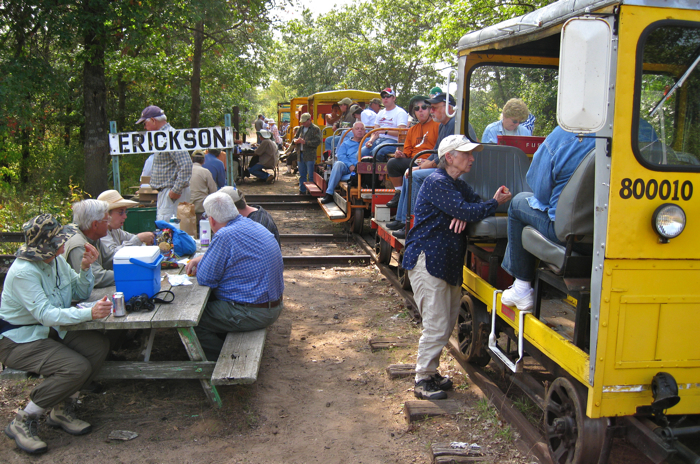
These are a few of the ponds we saw along the way.
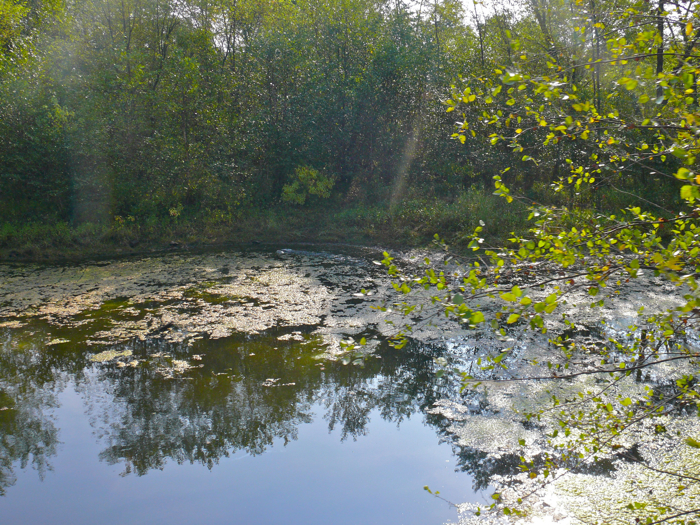
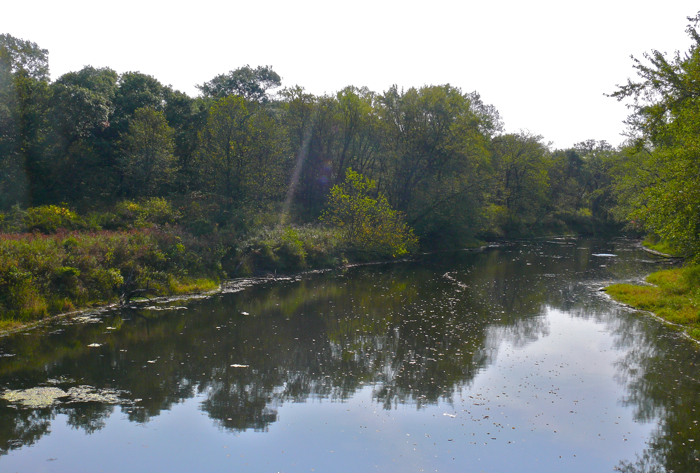
The trip was organized by the Wisconsin Wetlands Association, and Mike Reese and I were asked to come along to answer any questions people had about plants or insects.
A walk through the woods
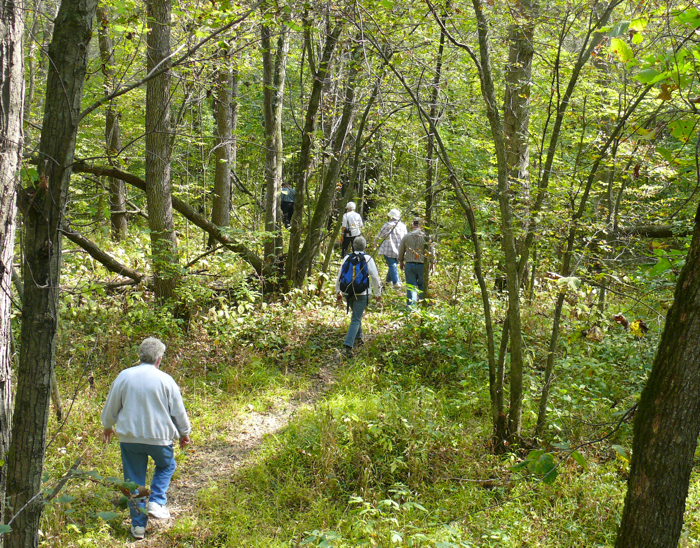
One of the prairie areas
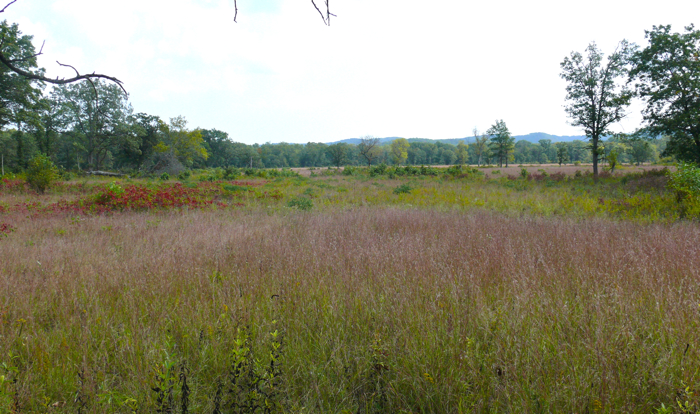
Watching a Red-shouldered Hawk
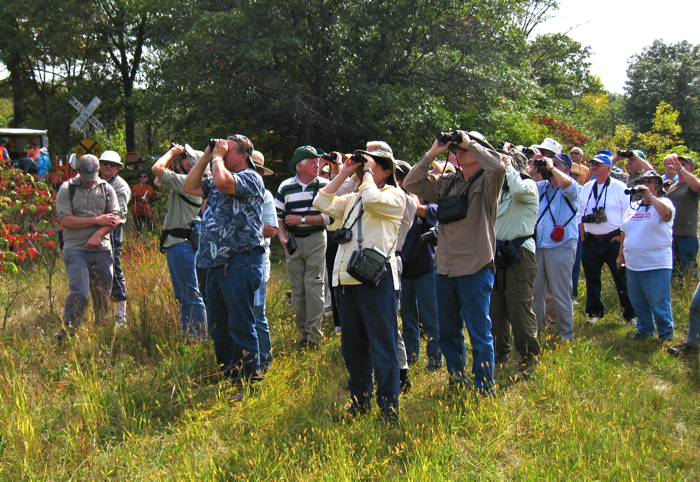
Dave Linderud talking about Rattlesnakes – Timber Rattlesnakes and Massasauga Rattlesnakes are found in the refuge.
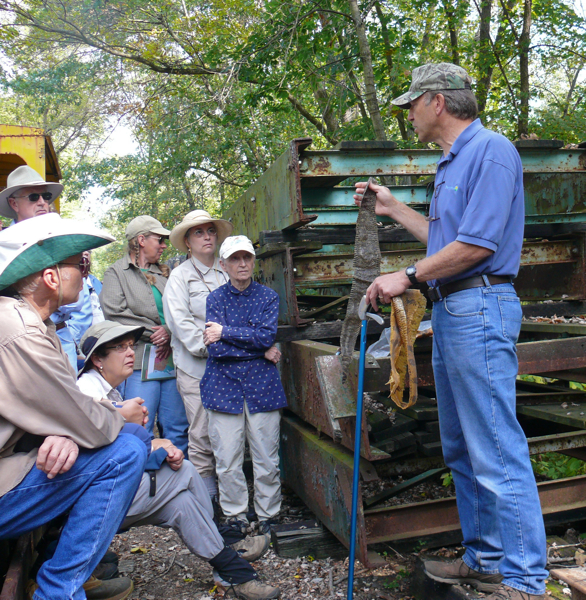
My Buck Moths (Hemileuca nevadensis) have been hatching this week. They’re beautiful moths – it’s been fun to watch them. Neither of the females have attracted mates – Ian says he has found Buck Moths in this area, but we must not have any males close enough to detect the pheromones that the females send out.
This is one of the pupae – in mid-July – just after the caterpillar pupated.
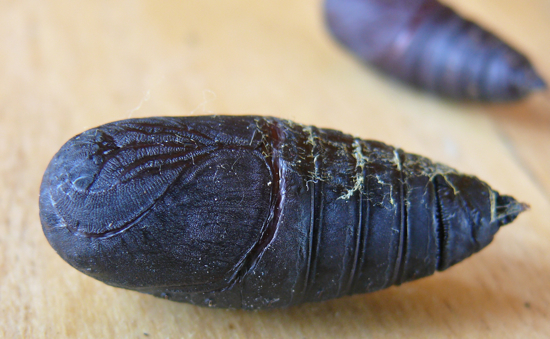
Here’s a male Buck Moth just after emerging from the pupa case on September 17th – before it’s pumped its wings up. Males have larger, more feathery antennae (not seen in this photo) and a bright orange band at the end of their abdomen.
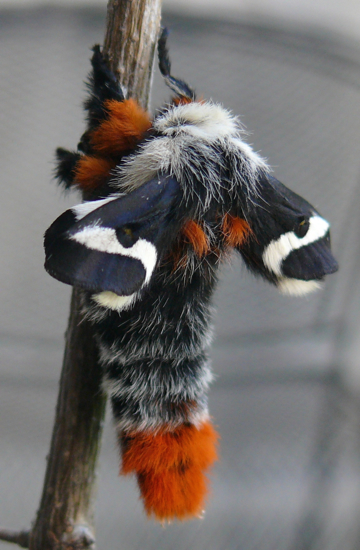
They spend a lot of time finding the perfect place to pump up. They scramble up and down, and fall off things, and climb up again. Finally, when they find the right spot, they stay still and twist their body back and forth and their wings start to inflate. I took a video with highlights of the process.
Here’s the male fully pumped up.
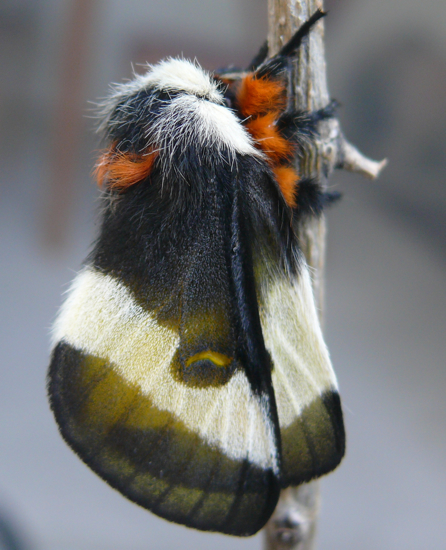
This is one of the females.
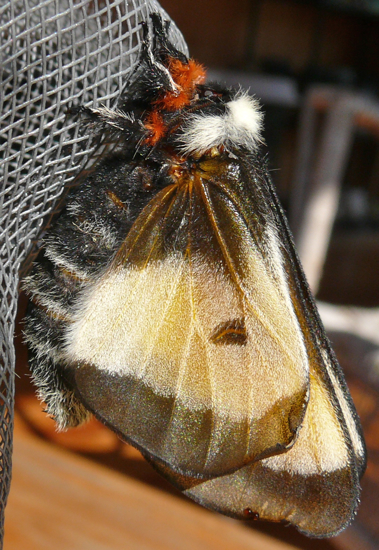
I didn’t get any photos of the caterpillars – I was hoping to get mates for the females and be able to raise a new generation.
The last flowers of the year are Asters and Gentians. There are lots of Fringed Gentians in the wetland this year – they’re one of my favorite flowers.
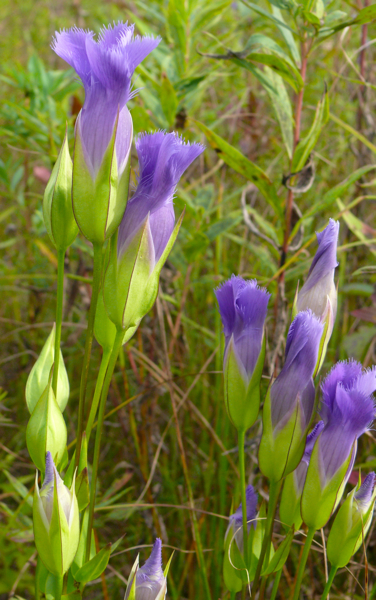
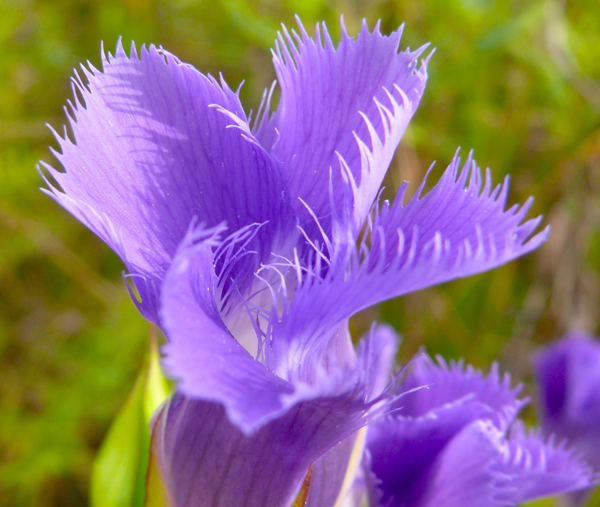
New England Asters
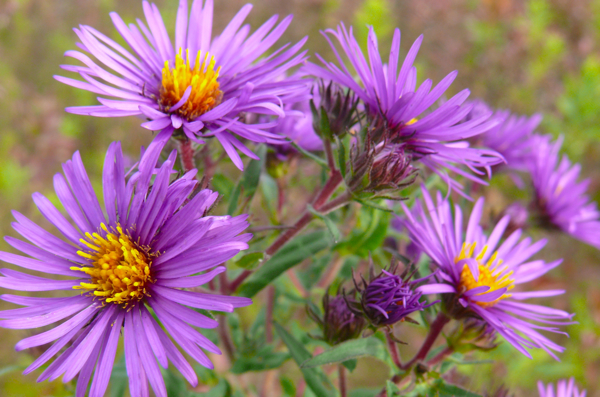
Frost Aster and Sky Blue Aster
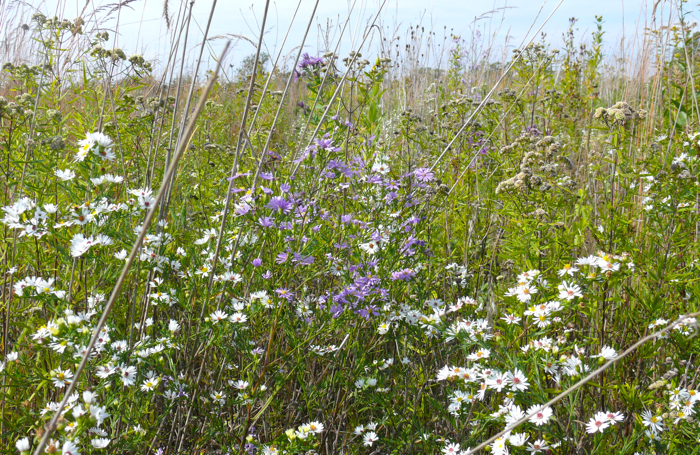
Sneezeweed is one of the few yellow flowers still blooming.
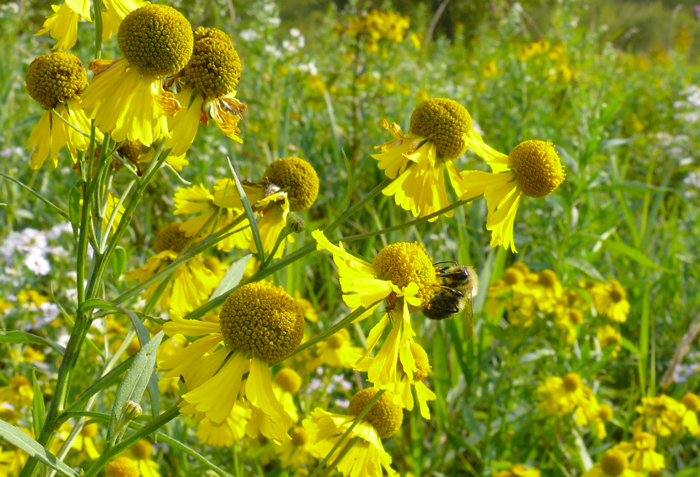
We took another boat ride on the Mississippi – the motor broke down half way out and we had to paddle home. Fortunately, we had gone up river, so on the way back were going with the current. It was a lot of work, but beautiful and quiet.
There are lots of these sandy islands in the river – I think most of them are made from material that’s been dredged out of the channel. Some are like big sand piles
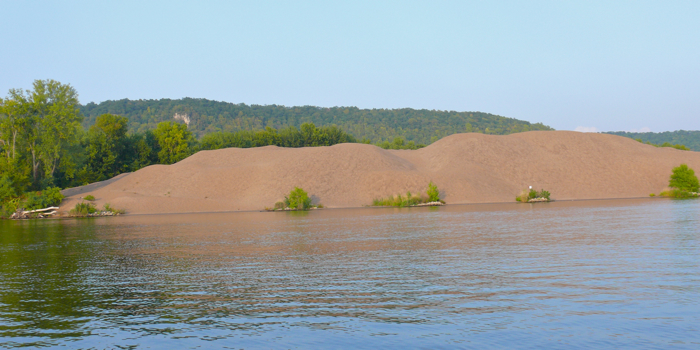
But others – probably ones that have been around longer – have trees and bushes growing on them and look more like natural islands.
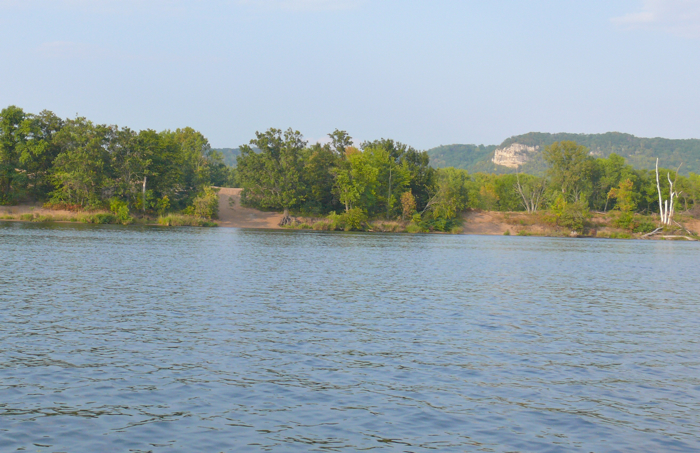
We saw the birds settle onto the water for the night, and watched the sun go down.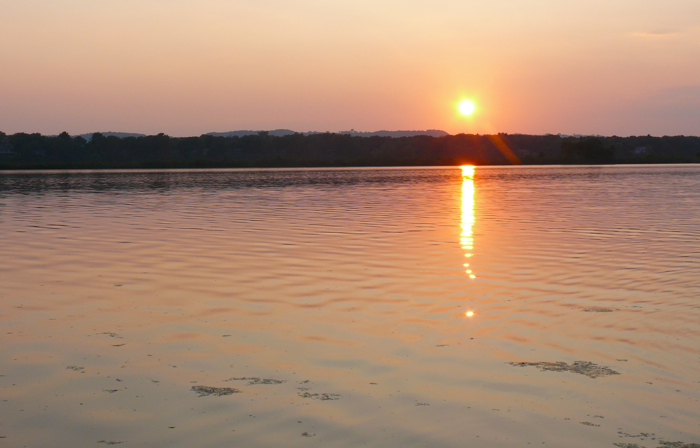
Here are some of our prairies at sunset
